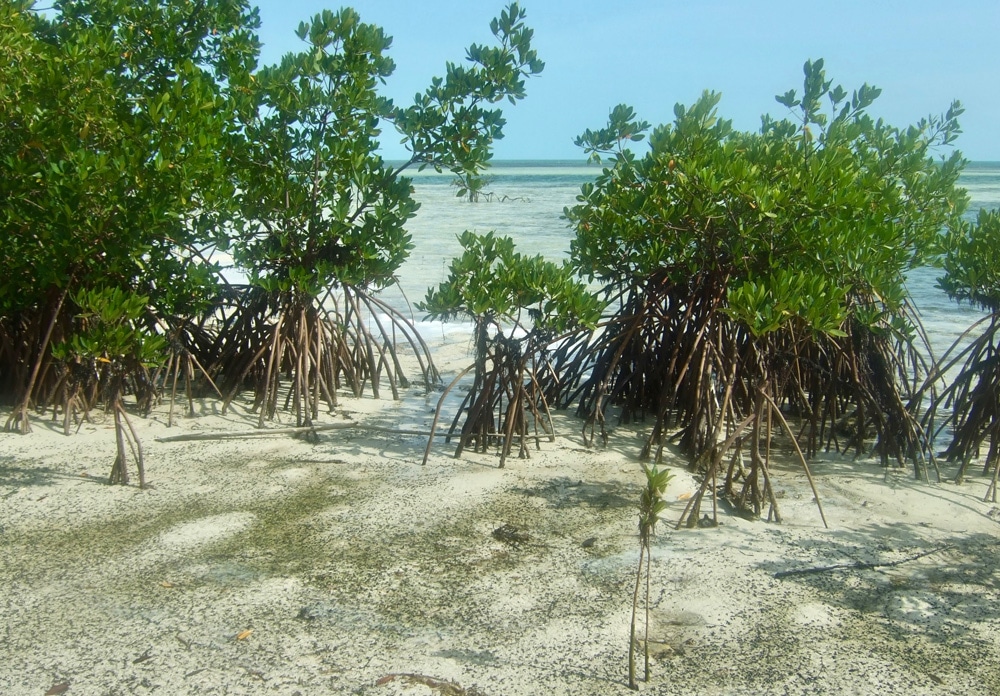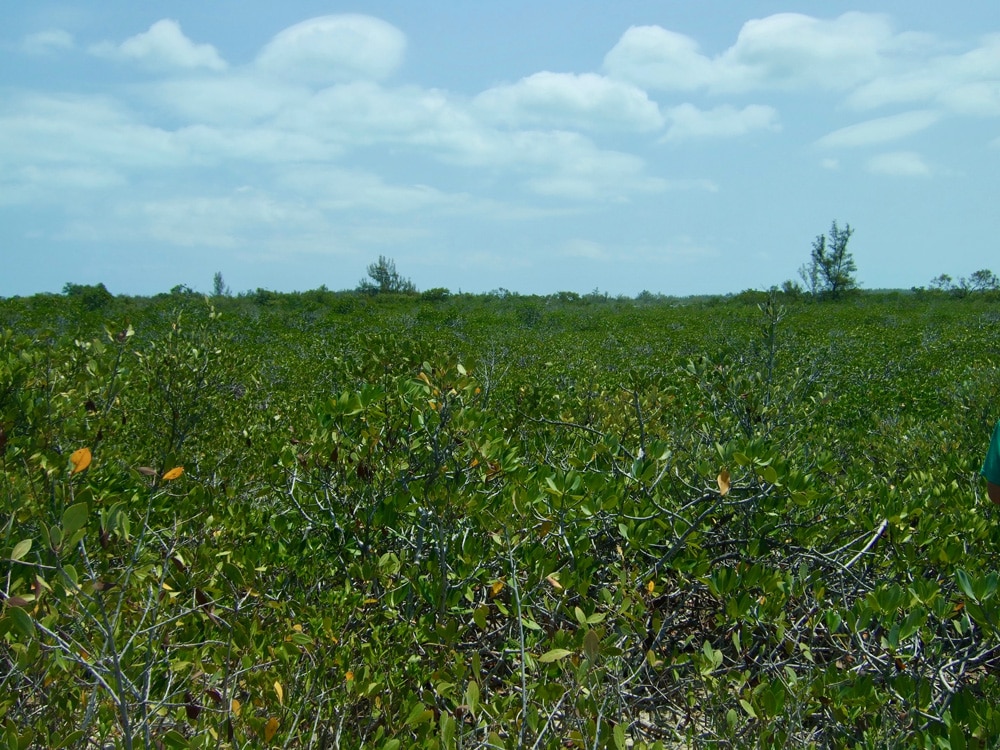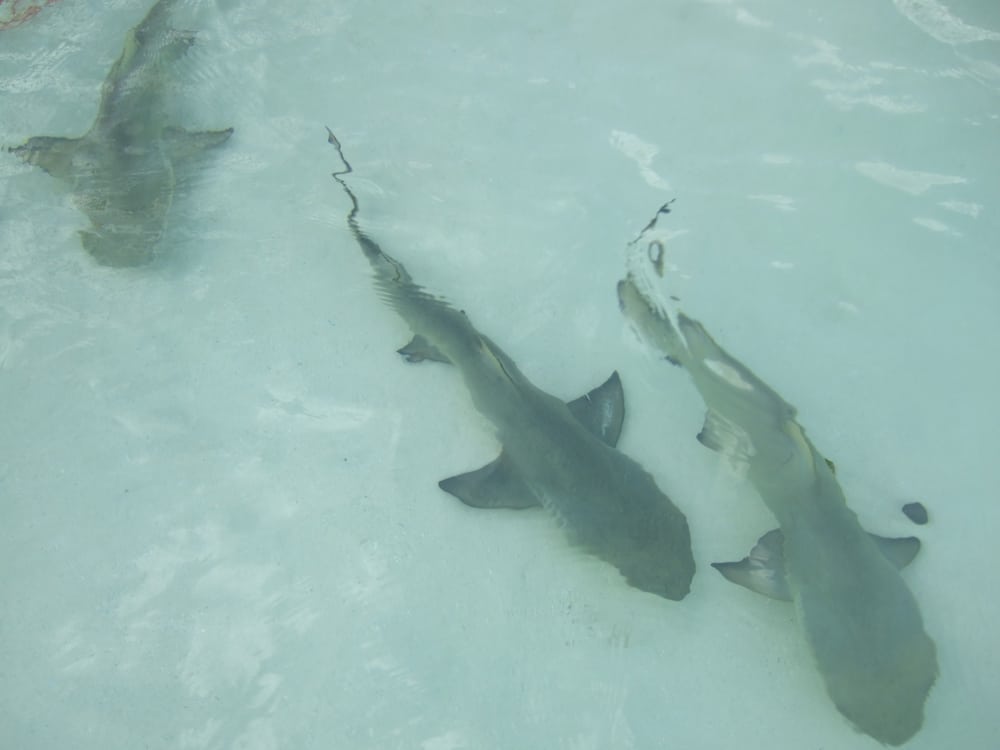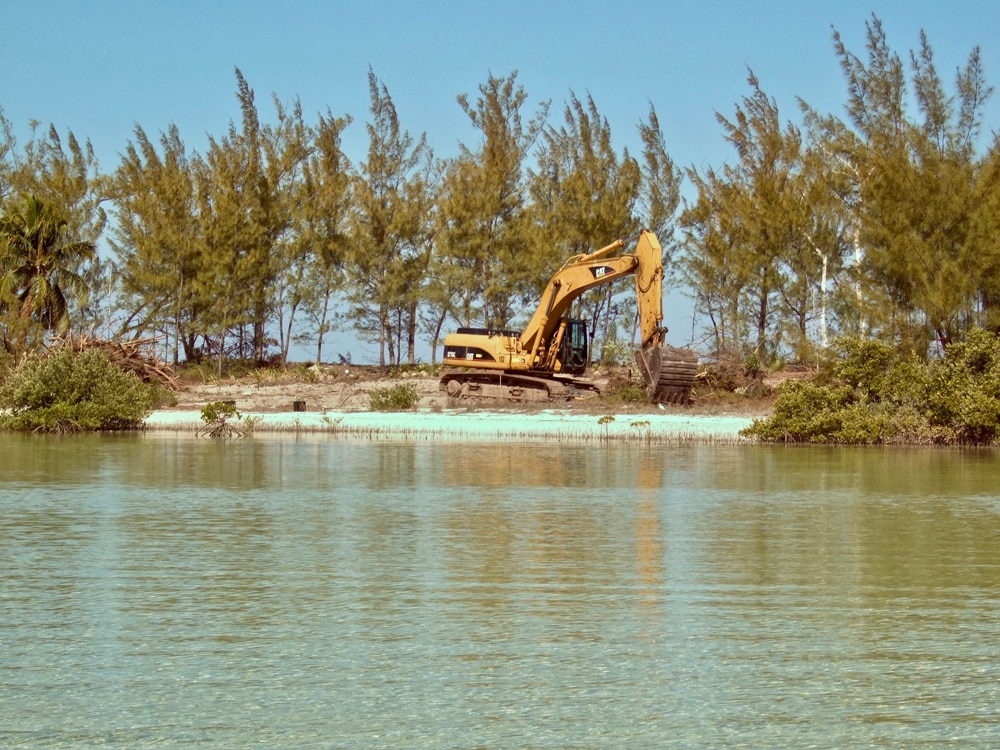Marine Life & Conservation Blogs
Marvellous mangroves!
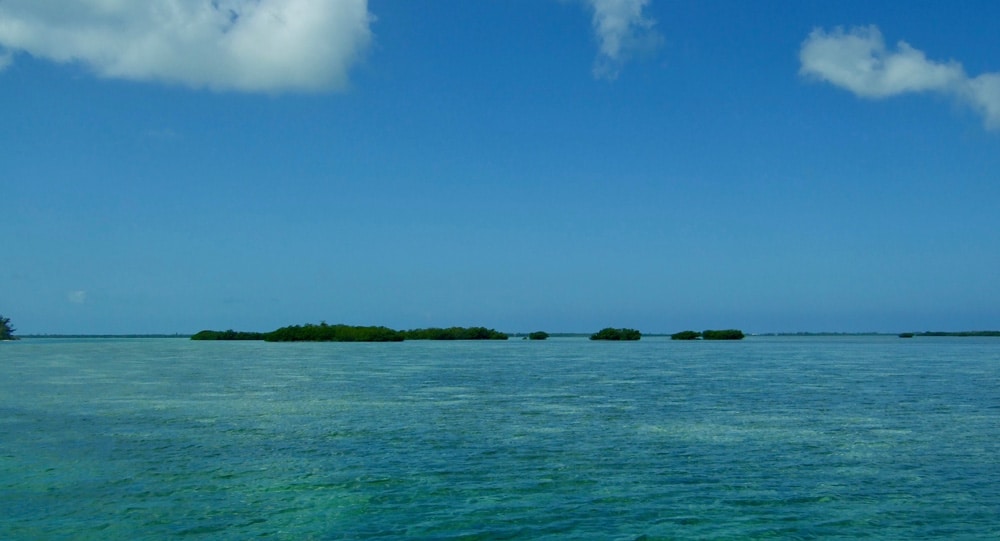
As divers, I’m guessing most of us love diving on coral reefs; if those reefs are pristine and full of life, even better! Coral reefs are incredible and diverse ecosystems, but they are strongly linked and interdependent on three other ecosystems: seagrasses, mangroves and rivers. Here I’m going to discuss mangroves, and why they are one of the most important ecosystems to conserve in order to have beautiful, healthy coral reefs. Hopefully I can convince every diver to love them as much as I do and to explore our options in protecting these habitats. Though historically, mangroves were viewed as insect filled, tangled and muddy swamps and shrub forests, we have become increasingly aware of how diverse and special this amazing habitat is for both wildlife and protecting our shorelines from extreme weather events.
So, what is a mangrove?
Mangroves are trees and shrubs that love very warm, wet conditions and grow in saline coastal habitats in tropics and subtropics. You have probably seen them fringing islands and coastlines when diving on coral reefs. They can often be recognised by their dense tangle of prop root that make the trees look like they are on stilts. Mangroves are unique because they can live in areas with low oxygen soil and where the water has a variable salt content. As they live in the coastal intertidal zone, the roots can cope with being flooded twice a day. They are flowering plants, where the upper trunk, branches and leaves live above the water line and the lower trunk and roots can live below.
There are over 80 different species of mangrove tree and several more species associated with mangroves for their ability to tolerate the coastal intertidal zone, such as buttonwoods. The Asia-Pacific region has the most diversity and the largest mangrove region in the world is The Great Sundarbans in Bangladesh (a UNESCO World Heritage Site). Having said this, there are three main dominant types of mangroves in a mangrove forest; red, black and white.
Red mangroves are evergreen trees that can grow to 25m, often less. They live closest to the water and elaborate arching prop roots and red bark colour make it very easy to identify. They are salt excluders; the roots contain a waxy substance that helps keep the salt out. If any salt does get through, it is deposited in older leaves and the tree sheds them. They produce propagules (seeds) that grow from the tree, then detach and stick into the mud or float away somewhere new.
Black mangroves live between red and white mangroves. The easily identifiable roots (pneumatophores) stick up vertically from sediment and are specially designed to take in oxygen, acting like snorkels in the water. Black mangroves have longer pointed leaves which are often covered in salt crystals and dark scaly bark. They produce seeds which germinate while still connected to the parent tree, so trees are often grouped together.
White mangroves live closest to the land in the back portion of the mangrove swamps, where they are unaffected by tidal inundation, except on spring tides. With no visible aerial roots, they may seem harder to identify, but the leaves have two glands at the base which excrete the salt taken in by the roots, so the leaves are often coated with white salt crystals. The salt crystals give this species its common name and the bark is lighter in colour.
Why should we love them?
Mangroves are ecosystem engineers, meaning they form their own ecosystem and provide habitats for other species, but they also have lots of benefits to us:
- Trapping sediments
Mangrove forests have huge root systems that slow the movement of tidal waters, making the sediment settle out of the water, the roots then trap this soft sediment and build up the muddy bottom. In dense forests, mangroves have created entire islands.
- Reducing wave action
The network of sediment-trapping roots stabilize the coastline, reducing erosion from wave and tidal action and providing a buffer, an important defence for costal ecosystems and communities from tropical storms and their storm surges.
- Important nursery grounds
Mangroves provide an intricate network of nursery habitat for many fish and invertebrate species, which move out to coral reefs and other ecosystems when they mature. The mangroves provide a safe haven for juvenile fish, including commercially important fisheries species, which seek food and shelter from predators. Many shark species, including lemon sharks, bull sharks and blacktip sharks, spend their juvenile years in mangrove forests.
- Rich biodiverse ecosystems
In addition to being a great habitat for the young of reef and pelagic species, mangroves are a primary habitat for mature individuals of many species of marine animal, amphibians, reptiles, seabirds and waterfowl. Mangroves are always teeming with life!
For anyone who enjoys diving on coral reefs, it is important to be aware that coral reefs and mangroves have a symbiotic relationship – the reefs protect the coast from being eroded by the sea, blocking the power of the open ocean and the mangroves trap the sediment washed from the land that would smother and kill the reef. Species depend on both ecosystems for different life stages and both ecosystems provide coastal protection and commercial value through fish stocks and tourism for us. Mangroves are one of the most valuable ecosystems in the world.
Threats
Unfortunately, like coral reefs, mangrove forests are under threat and are being lost at a very rapid rate. Clear cutting for aquaculture, mainly shrimp farming and coastal developments, such as marinas, housing and hotels is a major issue, as is harvesting for wood.
It is estimated that at least one third of all mangrove forests have been lost in the last few decades. Without protection, they may disappear in areas that cannot afford the ecological or economic loss. This in turn negatively effects our beloved coral reefs, which are already struggling with pollution, sedimentation, climate change, ocean acidification, overfishing and destructive commercial practices. After that thoroughly depressing paragraph, lets move onto the positive bit…
What can we do to help?
- Help support and encourage more protected areas. If you are travelling in an area with a protected area, donate or take a guided tour from rangers.
- Make sustainable choices; shrimp farming is a leading cause of mangrove habitat loss, know where your food is coming from and whether you should be making that choice. If you don’t want to give up a food, there is usually a sustainable option – it may cost a little extra, but it will be completely worth it!
- Spread the word! As ever, education is always important and particularly in countries with mangrove forests; many NGO’s work in schools to educate the next generation, which we can support through donations. However it isn’t just about spreading the word in other countries, the more people everywhere learn about the value of mangrove forests, the more drive there will be to protect this amazing habitat!
Visiting the mangroves
So, if you are now totally hooked on marvellous mangroves and want to go and see the wildlife for yourself, there are now many places that will take you snorkelling or on kayak tours. By picking an organisation that donates to mangrove protection or does educational programmes you get to help out while having a great time!
Blogs
Evolution of Manatees in Florida
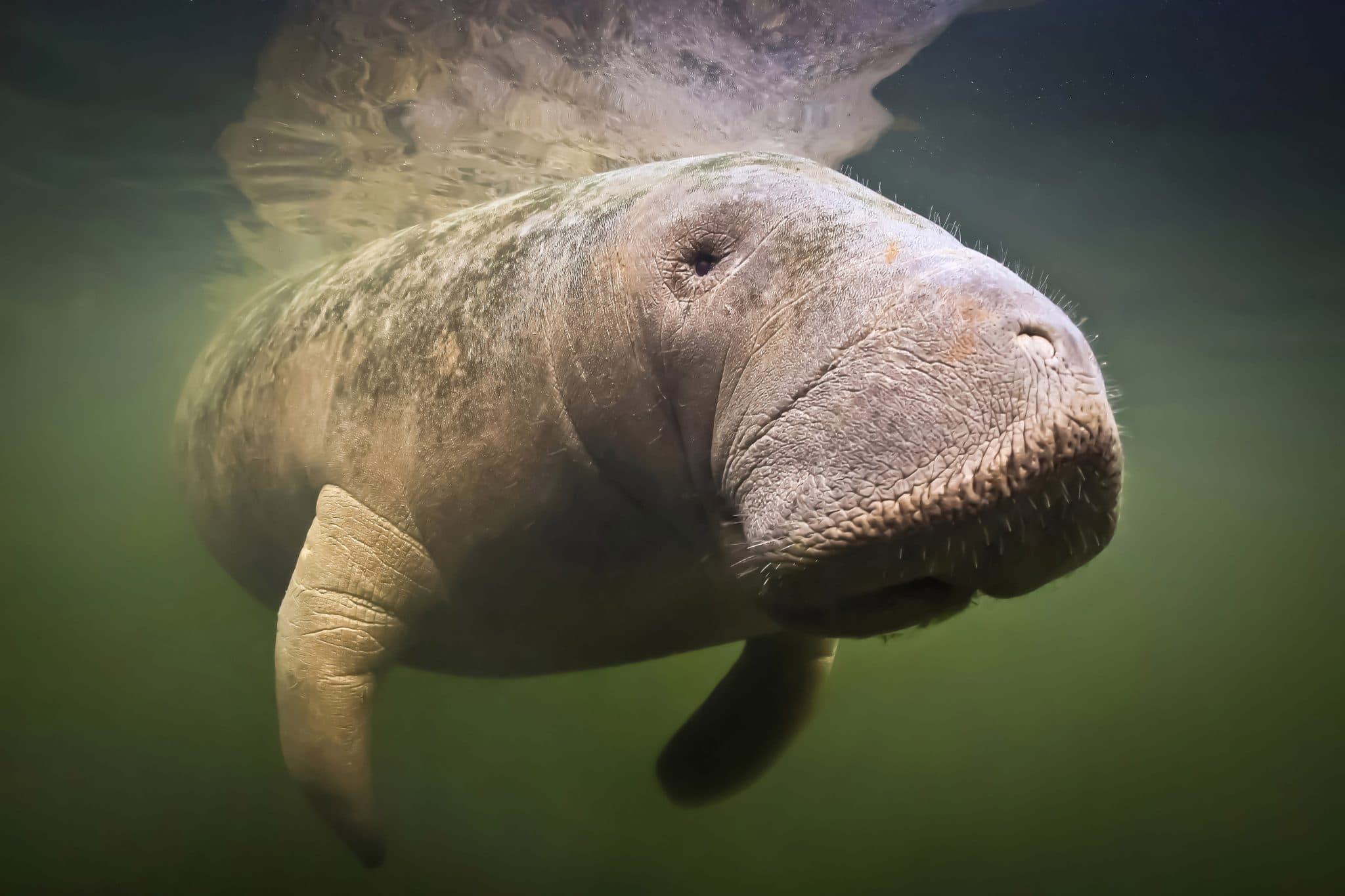
Op-ed by Beth Brady, PhD, Senior Science and Conservation Associate, Save the Manatee® Club
Recent news articles and broadcasts have claimed that manatees are not native to Florida or only arrived on Florida’s west coast in the 1950s. These claims, based on limited anthropological records, point to where manatees were historically exploited by humans and assume that a lack of evidence means manatees were absent from certain areas. However, absence of evidence is not evidence of absence—it’s like looking for stars in the daytime; just because you can’t see them doesn’t mean they’re not there. Moreover, genetic and fossil evidence indicate manatees have been present in Florida for the last 12,000 years.
The Florida Fish and Wildlife Conservation Commission (FWC), which manages Florida manatee populations, has created a manatee timeline highlighting key dates and notable information about manatee presence in Florida (https://myfwc.com/education/wildlife/manatee/timeline/). Historical records suggest that manatees have been observed in Florida as far back as the 1500s, with some details presented by the Florida Fish and Wildlife timeline aligning with evidence presented in the publication.
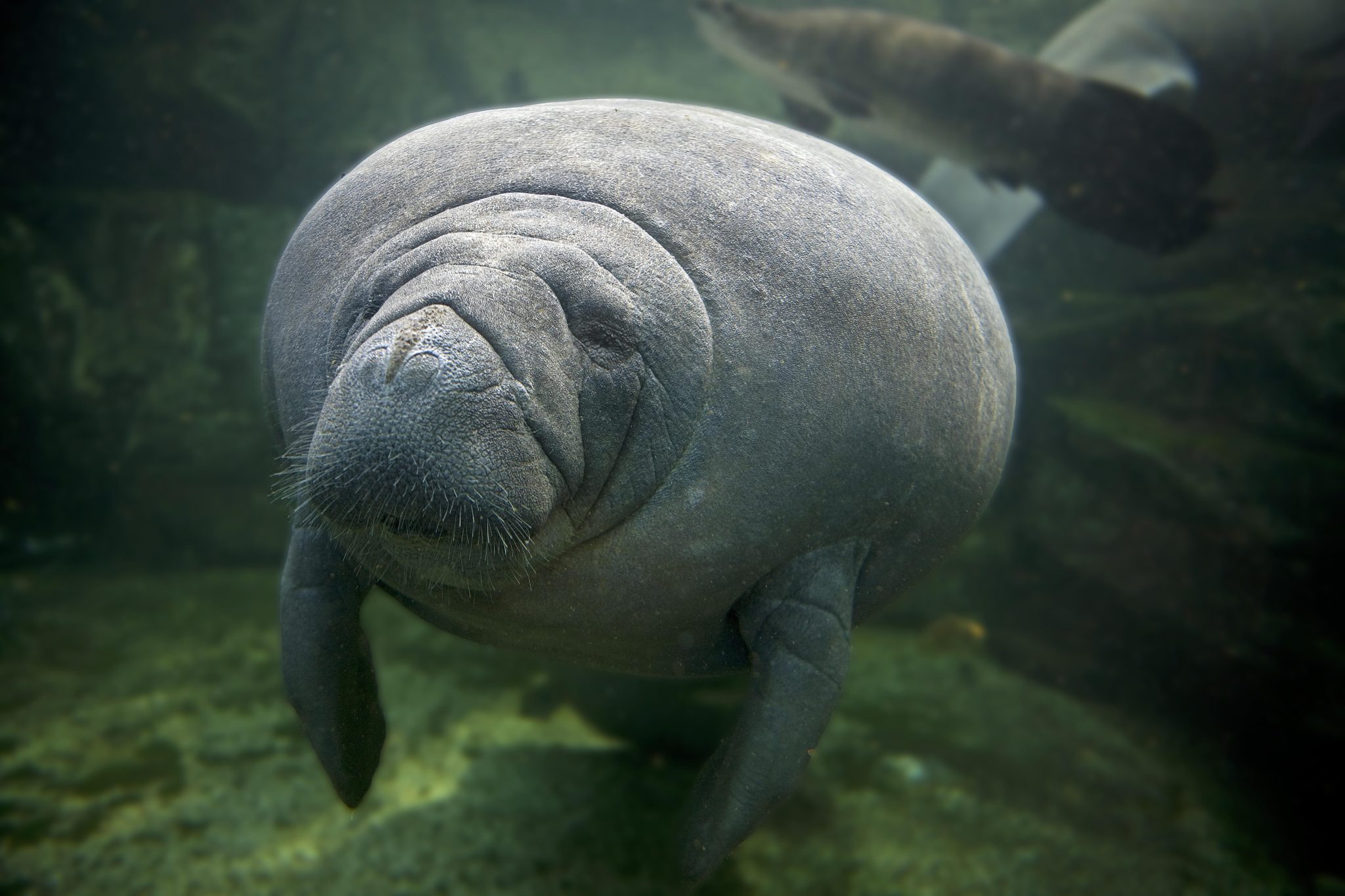
Manatee species, such as the African manatee and the Antillean manatee, continue to be poached by humans (Marsh et al., 2022). As a result, these species are difficult to observe in the wild and may adapt by foraging at night to avoid human encounters (Rycyk et al., 2021). This behavior could help explain why historical Florida manatee populations that were hunted by humans are absent from middens and rarely mentioned in historical accounts.
Further, the publication only briefly touches on the paleontological record and genetic evidence, which indicate that manatees have existed in Florida for a much longer period. Fossil and genetic evidence reveal a rich history of manatees in Florida. Manatees belong to the order Sirenia, which includes the Amazonian, African, and West Indian manatee species. While Sirenian fossils have been found globally, only Florida and the Caribbean contain specimens from every epoch over the past 50 million years (Reep and Bonde, 2006). The modern manatee, as we know it, emerged in the Caribbean about 2 million years ago (Domning, 1982).
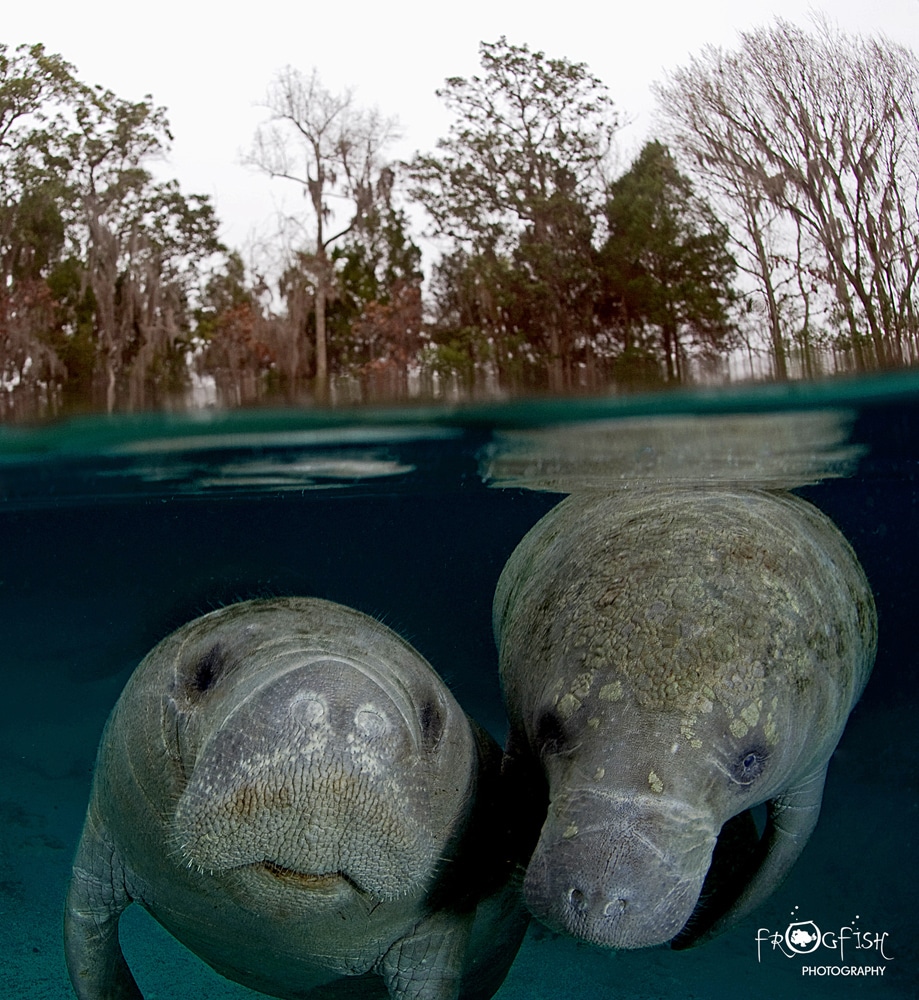
The evolution of manatees during the Pleistocene epoch provides valuable insights into how environmental changes shaped their distribution and genetic diversity. During the Pleistocene epoch (2.59 million to 11,700 years ago), there were roughly 20 cycles of long glacial periods (40,000–100,000 years) followed by shorter interglacial periods lasting around 20,000 years. At the start of these warmer periods, Caribbean manatees migrated northward with the warming waters (Reep and Bonde, 2006). Water currents and thermal barriers isolated these manatees from populations in Mexico and the Caribbean, leading to genetic divergence. Fossil evidence indicates that Trichechus manatus bakerorum lived in Florida and North Carolina about 125,000 years ago but did not survive the last glacial period, which began 100,000 to 85,000 years ago (Domning, 2005). This subspecies was eventually replaced by modern Florida manatees.
This evolutionary theory is further supported by genetic evidence. Research indicates that Florida manatees trace their evolutionary origins to Caribbean ancestors that migrated northward over the past 12,000 years (Garcia-Rodriguez et al., 1998). A 2012 study by Tucker et al. reinforces this theory, showing higher genetic diversity in manatees on Florida’s west coast compared to those on the east. Over time, core populations migrated northward, with some groups moving south and east along the Florida coastline before heading north along the Atlantic. This migration pattern left the west coast population with greater genetic diversity, while the east coast population retained only a smaller subset. These findings suggest that the founding population of Florida manatees—arriving approximately 12,000 years ago—originated along Florida’s southwestern coast, which became the center of the state’s manatee population (Reep and Bonde, 2006). The process of vicariance further supports this hypothesis; as geographic and ecological barriers emerged, they likely isolated the Florida manatee populations from their Caribbean ancestors. This isolation likely limited migration back and forth between regions, fostering the establishment of local populations in southwestern Florida.
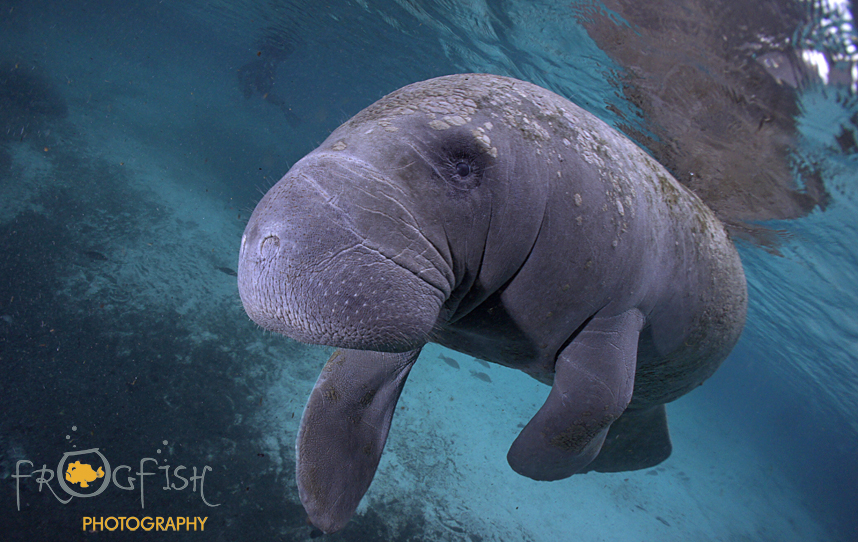
Manatees are not only a cherished symbol of Florida’s natural heritage but also a species with deep evolutionary and historical ties to the region. In sum, despite recent claims questioning their nativity, extensive fossil and genetic evidence confirms that manatees have been present in Florida’s waters for thousands of years, with ancestors dating back over 12,000 years. We agree with the authors of the published article that protecting these iconic creatures and their habitats is essential to preserving Florida’s unique ecological identity for future generations
Beth Brady is the Senior Science and Conservation Associate at Save the Manatee Club whose work focuses on manatee biology and conservation. She has her PhD from Florida Atlantic University and her Master’s in Marine Science from Nova Southeastern University.
Blogs
Saba’s Plan for a Coral Comeback

Saba has an exciting new initiative to restore its coral reefs. This new project, running from 2024 to 2026, will focus on reviving key species in the island’s underwater ecosystems. With a collaborative team from the Saba Conservation Foundation (SCF) and Van Hall Larenstein (VHL) University of Applied Sciences, the project aims to restore both corals as well as sea urchins.
This initiative is centered around coral restoration, specifically reviving two essential coral species—staghorn coral (Acropora cervicornis) and elkhorn coral (Acropora palmata). By mapping parent colonies and using a technique known as coral gardening, SCF will create and maintain coral nurseries. These corals will eventually be outplanted at key reef sites around Saba to not only expand the number of coral colonies, but also provide essential fish habitat. The project focusses on installing coral nurseries, training staff with the newest techniques and starting with the restoration of key reef sites.

Reef Cleaners to the Rescue
It’s not just corals getting a makeover—this project also shines a spotlight on the essential role of grazers, particularly sea urchins. VHL is leading the charge on cultivating and restocking two key sea urchin species, West Indian sea egg (Tripneustes) and long-spined sea urchin (Diadema), known for their ability to keep algae in check. By removing algae, which are important competitors of corals, they help the coral to thrive. By restoring these “reef cleaners,” Saba’s project will give corals the breathing room they need to grow, setting the stage for a healthier, more balanced marine ecosystem.
From Tiny Urchins to Big Goals
The project will be funded as part of the Dutch Government’s Nature and Environment Policy Plan (NEPP) 2020-2030 for the Caribbean Netherlands, a comprehensive initiative aimed at conserving and restoring the unique natural environments of the Dutch Caribbean islands, including Saba, St. Eustatius, and Bonaire. This project is aiming for big milestones: build and maintaining coral nurseries, the expansion of urchin cultivation facilities, and the creation of a dedicated research center. By 2026, the project hopes to ramp up coral and grazer restoration, with the ultimate goal of extending these efforts across the Dutch Caribbean. By linking local initiatives to broader regional goals, Saba’s restoration project promises to leave a lasting impact on both the environment and the community.
Find out more about the DCNA at dcnanature.org.
-

 Gear Reviews1 month ago
Gear Reviews1 month agoGear Review: SurfEars 4
-

 News3 months ago
News3 months agoSanta Divers take the Plunge for Charity
-

 Marine Life & Conservation2 months ago
Marine Life & Conservation2 months agoPaul Watson Released as Denmark Blocks Japan’s Extradition Bid
-

 Blogs3 months ago
Blogs3 months agoExperience Malta and Gozo in 2025: A Paradise for Divers and Culture Lovers
-

 Blogs2 months ago
Blogs2 months agoJeff Goodman Launches Underwater Moviemaker Course with NovoScuba
-

 News3 months ago
News3 months agoDive into Adventure: Limited Space Available for January Socorro Liveaboard Trip with Oyster Diving
-

 Blogs3 months ago
Blogs3 months agoThe Benefits of Underwater Photography Workshops
-

 Blogs3 months ago
Blogs3 months agoDiscover Curaçao with the Ultimate Dive Vacation Guide – 2024 DEMA Special Edition


